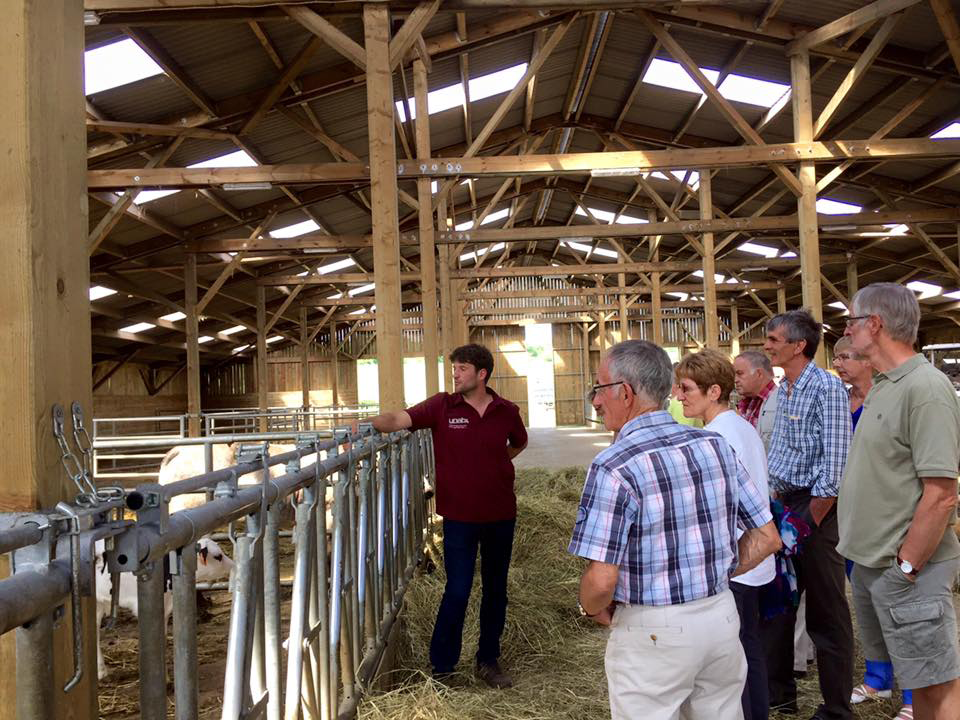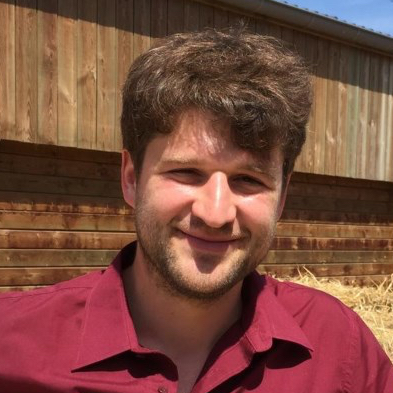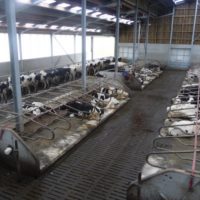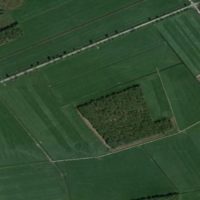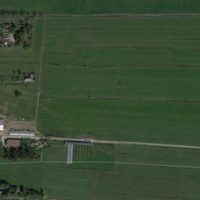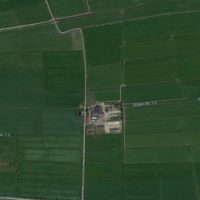Change completely your breeding in a few years
Description
The Esclaye farm looks for diversification for a long-time. This strategy was based on biodiversity conservation and mixed production (meat, milk, butter). Since 2009 and the children’s takeover of the farm, this strategy has been strengthened by profoundly modifying the production system: better management of soil fertility, increase of the area dedicated to the grazing by dairy cows, reduction of livestock and specialization in milk, butter and organic cheese.
The fodder autonomy has thus increased and reinforced by the grazing management (rotational stocking on 10 days).
The Holstein breed has been crossed with Montbeliard for more hardiness. Natural fertilizing by two bulls has replaced insemination.
The next steps will further strengthen autonomy and short circuits: the drying of baled hay, the search for solutions to get a better value for cull cows which are
currently sold at a ridiculous price and the creation of a shop on the farm, the production of vegetables and chickens for the direct sale.
The ultimate goal is to generate greater profits and more leisure for the farmer and his family.
The takeover of a rearing by the children is the opportunity for a complete review of the farming system to strengthen the autonomy by better control of the means of production and marketing. Changes have included breed, herd size, pasture and soil fertility management, winter forage production, more rational infrastructure, diversification of production to maximize direct marketing.
Farm description
Environment
Ardennes region (cool and humid climate, poor soils and acids).
Grassland management
Rotating grazing was introduced in 2014, but the plots are not appropriate (remote paddocks and stony soil → risk of lameness and especially soil sensitivity to
drought). Cereal production has been reduced in favor of grassland.
The land organisation is unfavourable (remote plots). As a result, the farthest grasslands are only mowed while the nearest are only grazed. To increase the
autonomy and fodder quality for the cheese production, it is planned to install a hay drying system.
Structure
- Annual Work Unit: 4
- Agricultural Area : 75 ha UAA
- Breed : Holstein X Montbeliard
- The average stocking rate is 1.3 LU / ha UAA (1.7 LU / ha grassland).
Animal performance
- Despite the reduction of the herd (about 150 animals with the objective of reducing them to 120) and thanks to its specialization in milk, production went from 325 kg to 1,100 kg / day.
- Medium to low milk production: 6,800 kg of milk / cow / year.
- Organic producer.
Why it is working
In an unfavourable environment for agriculture and livestock, the new farmer has decided to control all factors of production, from fodder autonomy to marketing in short circuits. For this, it took a drastic choice at the beginning: reduce livestock, improve it and look for the most profitable sectors (organic, butter, cheese …).
A tradition of local sale of butter produced on the farm has facilitated the development of short circuits, but rapid changes in production methods have been a risk to soil quality. The advice and training received are important assets (Fourrages Mieux, UNABIO, Bio Wallonie…).
Additional information
| Farming system | organic farming |
|---|---|
| Domains of innovation | animal type (breed), farm system, grazing management system, product processing |
| Main types of animal | dairy cattle |
| Country | Belgium |
| Product type | Farmer portrait |
| Language | English, French |
